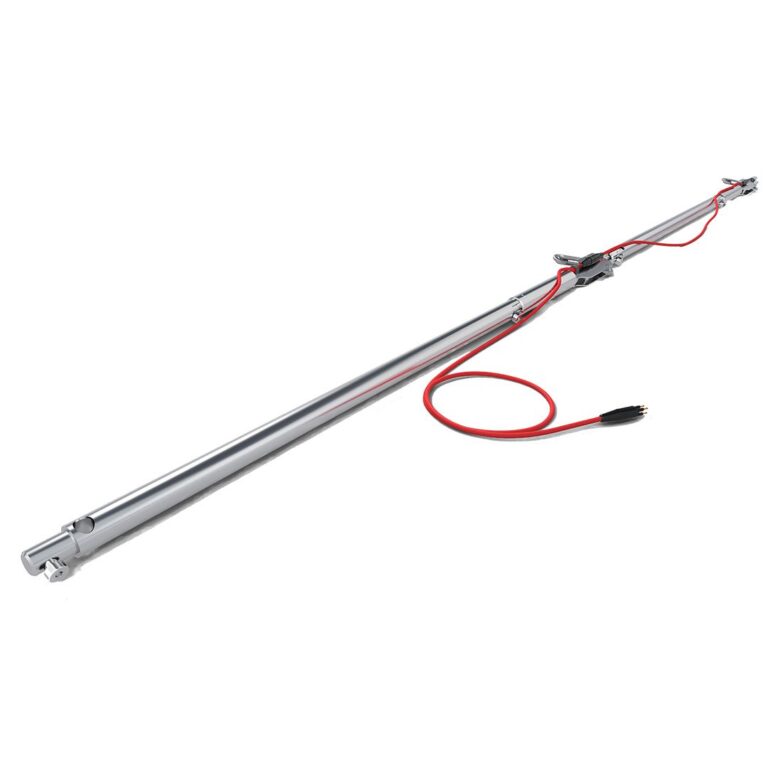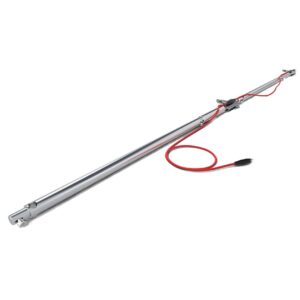RST’s new, MEMS Digital In-Place Inclinometer (IPI) System is designed to reliably measure lateral movement in and around dams, embankments, landfills, landslides, piles, piers, retaining walls, and abutments, particularly when continuous remote monitoring is required. It provides an early warning for movements, essential for protecting life and equipment
Each IPI employs MEMS accelerometer sensors housed inside a 28.6 mm (1.125 in.) diameter, watertight, stainless steel enclosure. The sensor body is rigidly connected to a 25.4 mm (1.0 in.) diameter bay rod which establishes the length of the IPI. Multiple IPIs are assembled with pivots allowing for sensing of displacement over discreet, configurable intervals. Wheel assemblies centralize the pivot point and establish the azimuth of each IPI. They are available in sizes to fit 70 mm (2.75 in.) or 85 mm (3.34 in.) O.D. inclinometer casings.
The sensors are read through a connectorized signal cable designed to chain together multiple sensors. A data logger is used to monitor the deflection of each sensor on the digital bus. If necessary, an alarm can be triggered when movement reaches a threshold rate or magnitude.
Designed for ease of installation, serviceability and fast delivery, RST’s In-Place Inclinometer System comes standard for both biaxial and uniaxial in one model.
RST’s new, MEMS Digital In-Place Inclinometer (IPI) System is designed to reliably measure lateral movement in and around dams, embankments, landfills, landslides, piles, piers, retaining walls, and abutments, particularly when continuous remote monitoring is required. It provides an early warning for movements, essential for protecting life and equipment
Each IPI employs MEMS accelerometer sensors housed inside a 28.6 mm (1.125 in.) diameter, watertight, stainless steel enclosure. The sensor body is rigidly connected to a 25.4 mm (1.0 in.) diameter bay rod which establishes the length of the IPI. Multiple IPIs are assembled with pivots allowing for sensing of displacement over discreet, configurable intervals. Wheel assemblies centralize the pivot point and establish the azimuth of each IPI. They are available in sizes to fit 70 mm (2.75 in.) or 85 mm (3.34 in.) O.D. inclinometer casings.
The sensors are read through a connectorized signal cable designed to chain together multiple sensors. A data logger is used to monitor the deflection of each sensor on the digital bus. If necessary, an alarm can be triggered when movement reaches a threshold rate or magnitude.
Designed for ease of installation, serviceability and fast delivery, RST’s In-Place Inclinometer System comes standard for both biaxial and uniaxial in one model.
Sorry, no records were found. Please adjust your search criteria and try again.
Sorry, unable to load the Maps API.
Maple Ridge
Kingston Street
Canada


